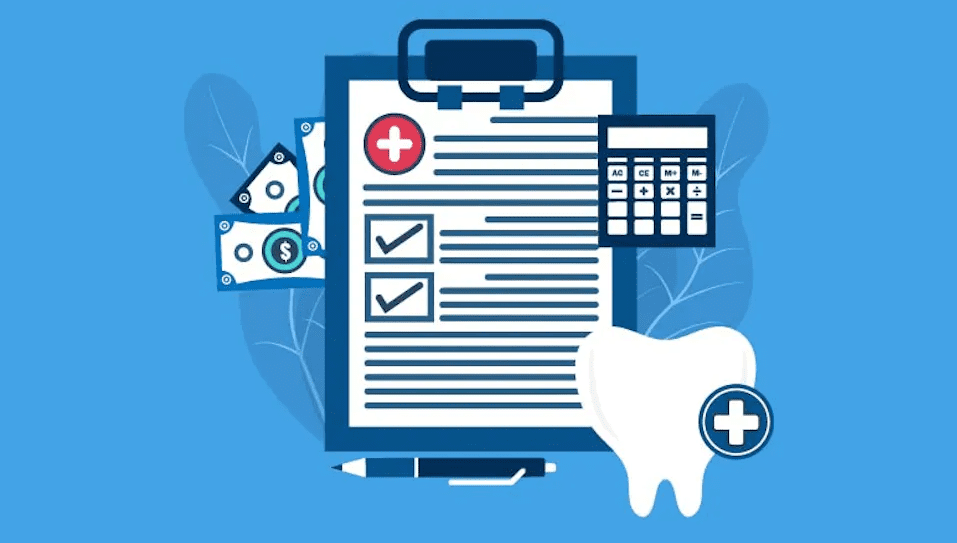Billing to medical insurance: In-network versus out-of-network

One of the most common questions I hear as an expert in implementation of medical/dental billing into dental practices is: “Do we need to be in-network to bill to medical insurances?” There are multiple things to consider with this question, but the answer depends mainly on the answer to the following question: Which type of medical insurance policies do you want to bill?
Types of insurance
There are multiple types of insurance. The most common are health maintenance organizations (HMO), exclusive provider organizations (EPO), and preferred provider organizations (PPO).
HMO and EPO are similar in that you must be in-network (IN) to bill for these plans, as they do not allow the patient to see any provider that is out of their network (OON). These plans will pay $0 for services you perform if you are out-of-network.
Sometimes—and only sometimes—they will allow the patient to see an OON provider if they are in an emergency situation and need to be seen. An example is a patient in extreme pain due to an abscessed (infected) tooth or some sort of trauma. The HMO/EPO most likely will initially deny services to an out-of-network provider; however, they may pay if you appeal the claim.
These plans will make you work to get payment, if they agree to pay at all. I advise practices that are OON to avoid billing these types of restricted plans.
Most of the population has PPO-type medical plans. PPO plans offer in- and out-of-network benefits to their insured patients. There is a difference in how benefits are paid to an IN vs. OON provider. For example, if a procedure is paid at 80% to an IN provider, it is often paid at 60% or lower to an OON provider.
The deductible is another big factor. If the patient has a $1,000 deductible for IN, it will likely be double, or $2,000, for an OON provider. It is important to know that not all procedures are applied toward the deductible. An example is evaluations. I often see a copay applied, the medical carrier pays, and nothing goes toward the deductible.
If you want to play it safe, tell your patients that after their deductible is met, their medical will start to pay. You will be surprised how many procedures do not apply to the deductible at all. One large variable will be the quality of the plan. Just as there are good and not-so-good dental policies, the same applies to medical. You truly get what you pay for.
Most practices don’t notice this reduction in benefits so much as the allowances (amount allowed for payment of a procedure/service) are far higher in comparison to dental allowed amounts (what is on your contracted fee schedule). Most procedures are more than double what dental policies pay.
Credentialing with medical insurance
The process for credentialing to go IN with medical insurance is similar to credentialing with dental plans. It is important to ensure that the medical carrier understands that you want to go IN with medical, not dental, and that you provide many services that do not involve the teeth and are more medical in nature. However, you will find many medical plans only allow oral surgeons to go IN.
Blue Cross Blue Shield (BCBS) is one of the largest medical carriers in the US, but it is completely different in every state, unlike Aetna, Cigna, and United Healthcare. In some states, BCBS offers dentists to go IN.
Many dental practices are unaware that in some states, if you are IN with dental, you’re automatically IN with medical. In this scenario, you could easily bill to medical and be reimbursed more than double for your services. This also helps save patients’ dental benefits for dental type procedures. You can bill both medical and dental; they are separate policies for which your patients pay and have benefits.
Medical billing is here to stay. There are many services you provide that can be billed to medical, such as evaluations, surgeries, frenectomies, and sleep or TMJ treatment. Whether you are IN or OON, being strategic in your approach will increase your practice collections and reduce out-of-pocket expenses for your patients.
